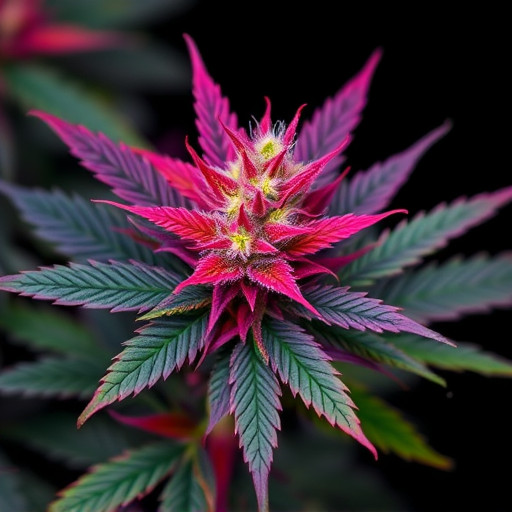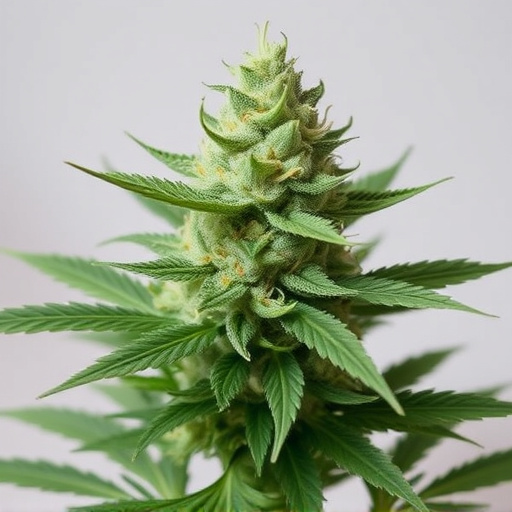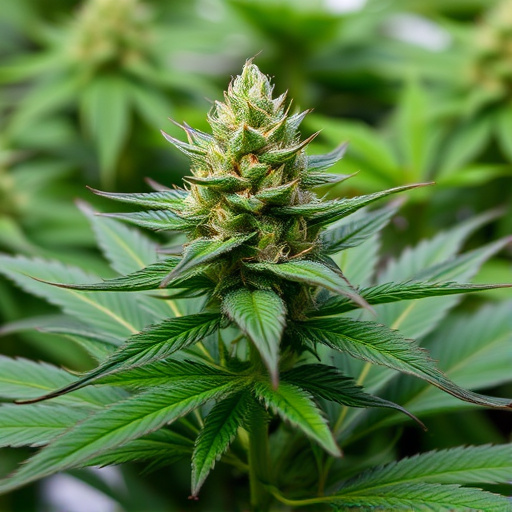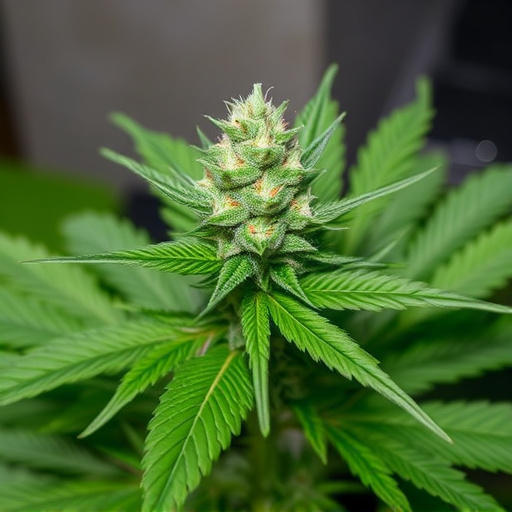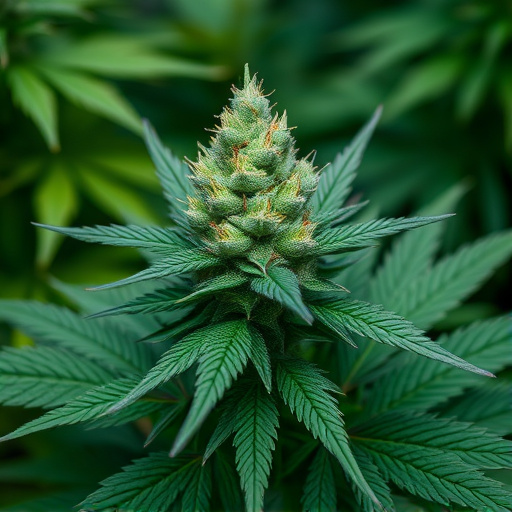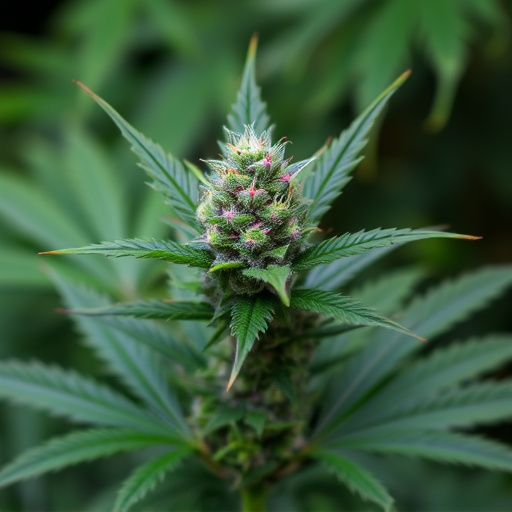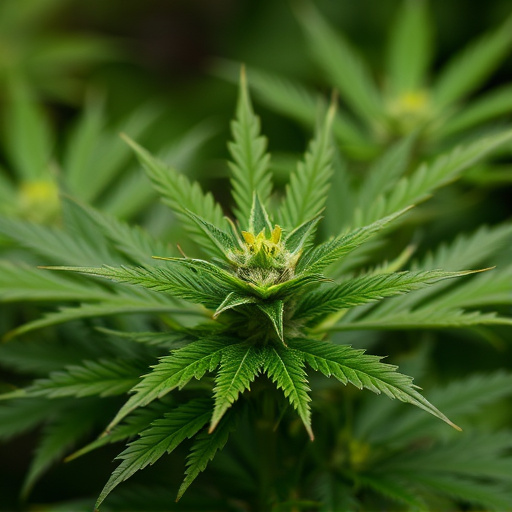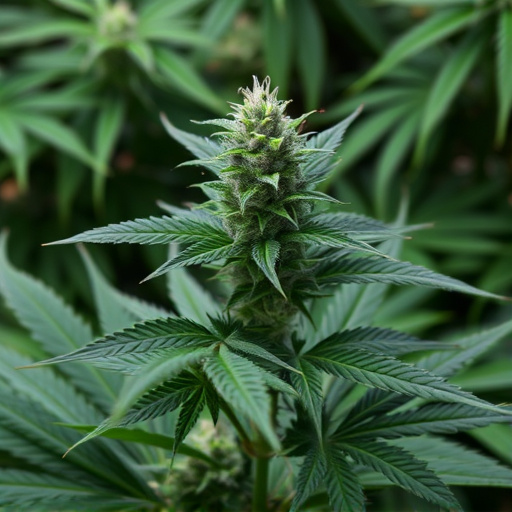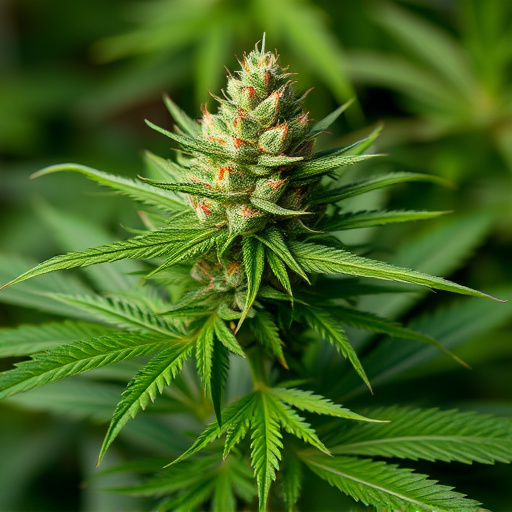Cannabis, particularly Indica-dominant strains like Granddaddy Purple and Northern Lights, offers promise as a treatment for Post-Traumatic Stress Disorder (PTSD) due to their high THC content and beneficial terpenes. Vaporizing these strains at lower temperatures (175-205°C) preserves key compounds and enhances mood regulation and sleep quality, commonly affected in PTSD sufferers. Using pre-set modes and experimenting with temperature and power ensures optimal medicinal benefits while prioritizing safety and comfort through high-quality materials and proper ventilation in vaporizers.
Unwind and discover the best settings for your cannabis vaporizer, especially tailored for PTSD relief. Understanding different cannabis strains is key to finding the perfect fit for therapeutic benefits. Learn how optimizing vaporizer settings can enhance your experience and provide effective relief.
From safety precautions to comfort considerations, this guide equips you with the knowledge to navigate the world of cannabis vaporization, focusing on cannabis strains for PTSD.
- Understanding Cannabis Strains for PTSD Relief
- Optimizing Vaporizer Settings for Effective Therapy
- Safety and Comfort Considerations for Cannabis Vaporization
Understanding Cannabis Strains for PTSD Relief
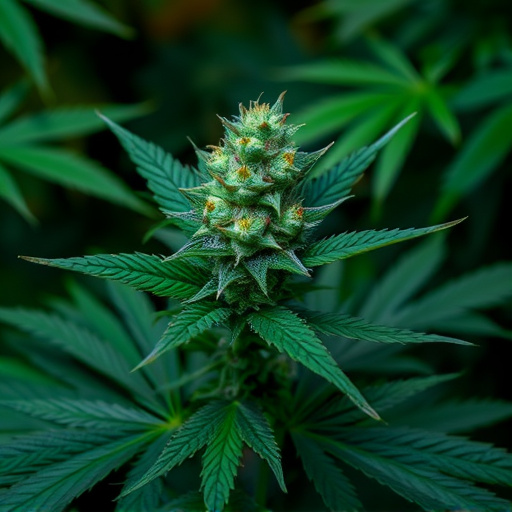
Cannabis has gained recognition as a potential treatment option for Post-Traumatic Stress Disorder (PTSD) due to its therapeutic properties. When considering cannabis strains for PTSD relief, understanding the unique characteristics and effects of different strains is essential. Various cannabis strains offer distinct profiles of cannabinoids and terpenes, which can interact with the body’s endocannabinoid system to provide specific therapeutic benefits.
For individuals seeking PTSD relief, Indica-dominant strains are often preferred due to their calming and relaxing effects. These strains typically contain higher levels of THC, known for its ability to induce feelings of euphoria and reduce anxiety. Popular choices include Granddaddy Purple, Northern Lights, and Strawberry Cough. Terpenes such as myrcene, linalool, and limonene, found in these strains, are believed to enhance the calming effects and contribute to improved sleep quality, which is often disrupted in PTSD sufferers.
Optimizing Vaporizer Settings for Effective Therapy
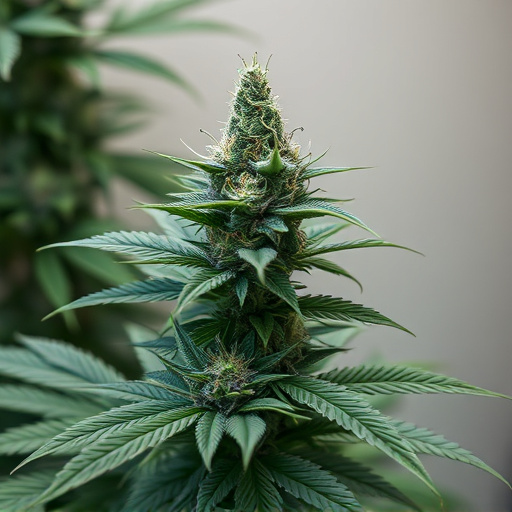
Optimizing vaporizer settings is key when looking to harness the therapeutic benefits of cannabis, especially for specific conditions like PTSD. Different cannabis strains for PTSD offer varied chemical profiles, and adjusting your vaporizer’s temperature and power ensures you extract the most effective compounds. Lower temperatures (around 350-400°F or 175-205°C) are ideal for extracting terpenes, which play a significant role in mood regulation and can help manage PTSD symptoms. These lower settings also preserve the delicate cannabinoids like THC and CBD, known for their anti-anxiety and calming effects.
For maximum efficacy, start with these base settings and tweak as needed. Consider using pre-set modes if your vaporizer offers them, designed to optimize conditions for specific cannabis strains. Regular experimentation will help you find the sweet spot—the perfect balance of temperature and power that delivers a satisfying experience while offering the medicinal benefits you seek, particularly when addressing PTSD.
Safety and Comfort Considerations for Cannabis Vaporization
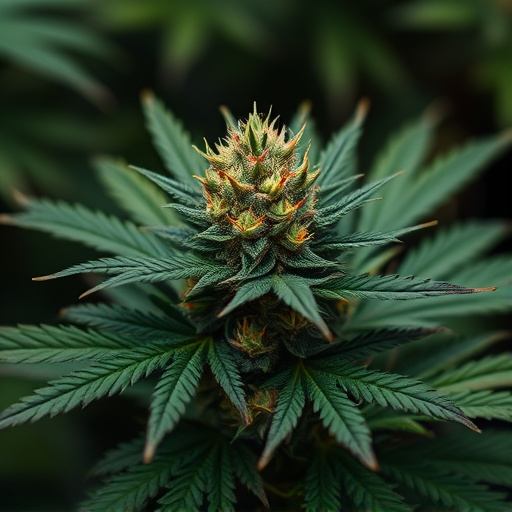
Vaporizing cannabis offers a range of potential therapeutic benefits, particularly for those seeking relief from conditions like PTSD. However, safety and comfort should be paramount when considering this method of consumption. It’s crucial to choose a vaporizer designed with high-quality materials that are free from harmful chemicals. This ensures not only the safety of the user but also preserves the integrity of different cannabis strains, allowing you to explore their unique effects and benefits for PTSD management.
When using cannabis for medicinal purposes, such as with PTSD strains, finding the right temperature settings is essential. Lower temperatures (around 350-400°F or 175-205°C) are generally recommended to extract more subtle terpenes and cannabinoids without burning the plant material, which can lead to a harsher experience. Additionally, ensuring proper ventilation and using a comfortable, intuitive vaporizer design can significantly enhance the overall user experience, making cannabis vaporization a safer and more appealing option for those seeking alternative treatments for PTSD.
When it comes to using cannabis vaporizers for PTSD relief, understanding the unique properties of various strains is key. By optimizing your vaporizer settings and prioritizing safety and comfort, you can create a personalized therapy experience. Different cannabis strains offer distinct benefits for managing PTSD symptoms, so exploring and experimenting with various options can help you find the perfect fit. With the right approach, cannabis vaporization can be a safe and effective method to support mental health and well-being.
